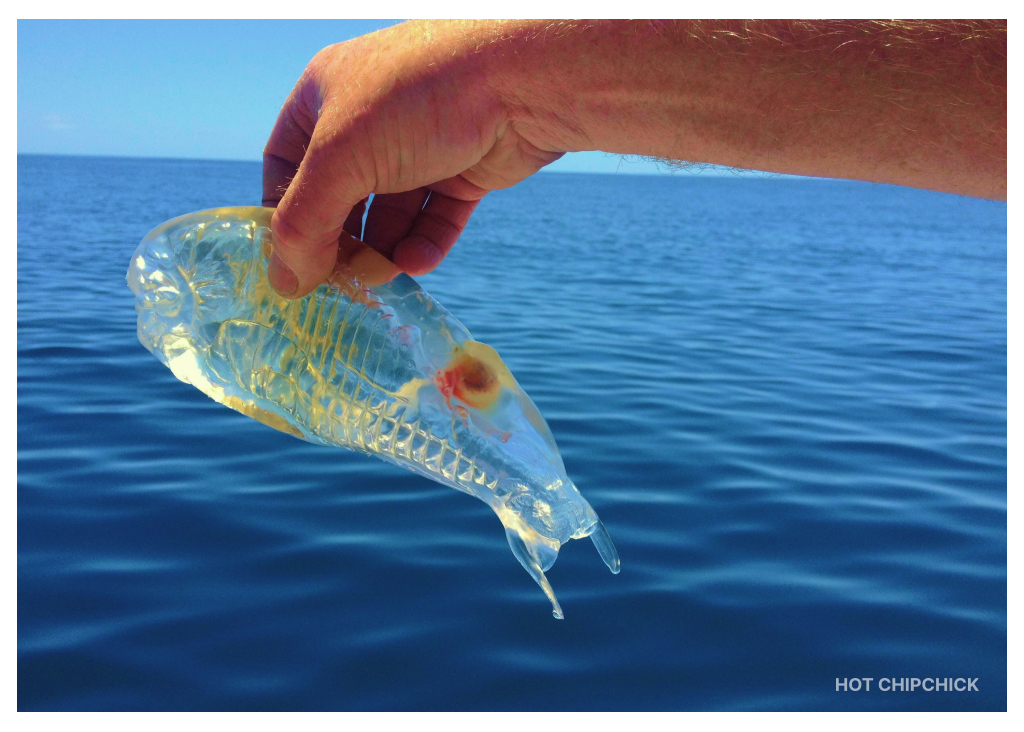You know those gelatinous blocks that you see in both the Pacific and Atlantic oceans? Those are called salps, and there are more than seventy species of these creatures worldwide. Salps grow at such high rates that they are among the fastest-growing animals on the planet, making their contribution to ocean health vital.
The most common type of salps is Salpa fusiformis. This marine life is found in the oceans from surface level to a depth of two thousand six hundred feet. The barrel-shaped adults measure about four inches across.
In a floaty chain, they can drift across oceans with currents serving as their guides. To coordinate their activities, they communicate by means of electrical signals.
Movement for them entails jet propulsion in terms of locomotion. They use muscle bands which help to expel seawater through their bodies. As the water flies out at each end, it propels them forward while simultaneously consuming food.
Such features classify them under ‘sea squids’. Their jelly-like appearance makes them similar to jellyfish because they are soft and translucent.
Unlike jellyfish, salps lack stinging cells entirely. Instead, they mainly take in phytoplankton and other small things found swimming in their mucous net used for feeding.
Due to their high capacity to filter considerable quantities of water, salps are significant players in fighting climate change. They feed on surface waters at night but during daytime go deep into the ocean as a predator avoidance technique.
According to researchers from the Woods Hole Oceanographic Institution, populations of salps covering an area estimated at around 38,000 square miles can consume up to 74% of all surface phytoplankton available each night. The fecal pellets produced by these salps sink into the deeper depths trapping nearly 4,000 tonnes of carbon dioxide during the night.
A complex life cycle is exhibited by salps whose bets maturity is realized only under the optimum food conditions after just 48 hours. Two distinct reproductive phases characterize these adult salps’ life cycles.
The first stage is where they reproduce rapidly almost producing identical copies that form huge colonies in the ocean. Destroying massive amounts of algae is what this population does; this is an entirely feminine group.
Salps reproduce by releasing eggs which are fertilize by neighboring males. These eggs develop inside the body of salp resulting in the live birth of offspring.

After hatching, the young will swim away and grow into adults. Over time, the group will evolve into a population consisting entirely of males, which will then fertilize the eggs.
Salps are renown for being the fastest-growing multicellular animals on Earth. They can expand their body length by as much as 10% every hour and achieve full maturity within just 48 hours.
Salps might not win any beauty contests—they often resemble blobs of mucus—but many people find swimming with them surprisingly enjoyable, likening the experience to floating alongside fluffy marshmallows.
New Fish & Animal Blog : Rusty Patched Bumblebee Populations Plunge 90% in 20 Years: Scientists’ Efforts to Revive This Endangered Species
